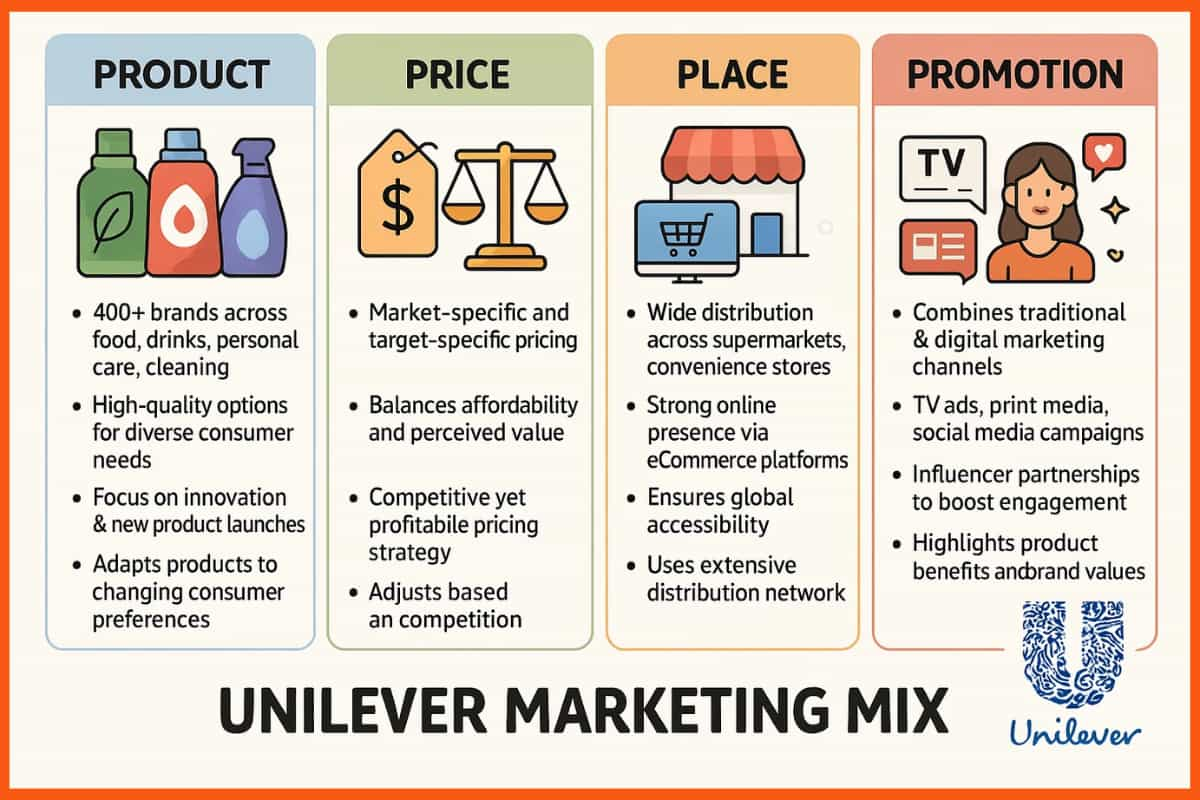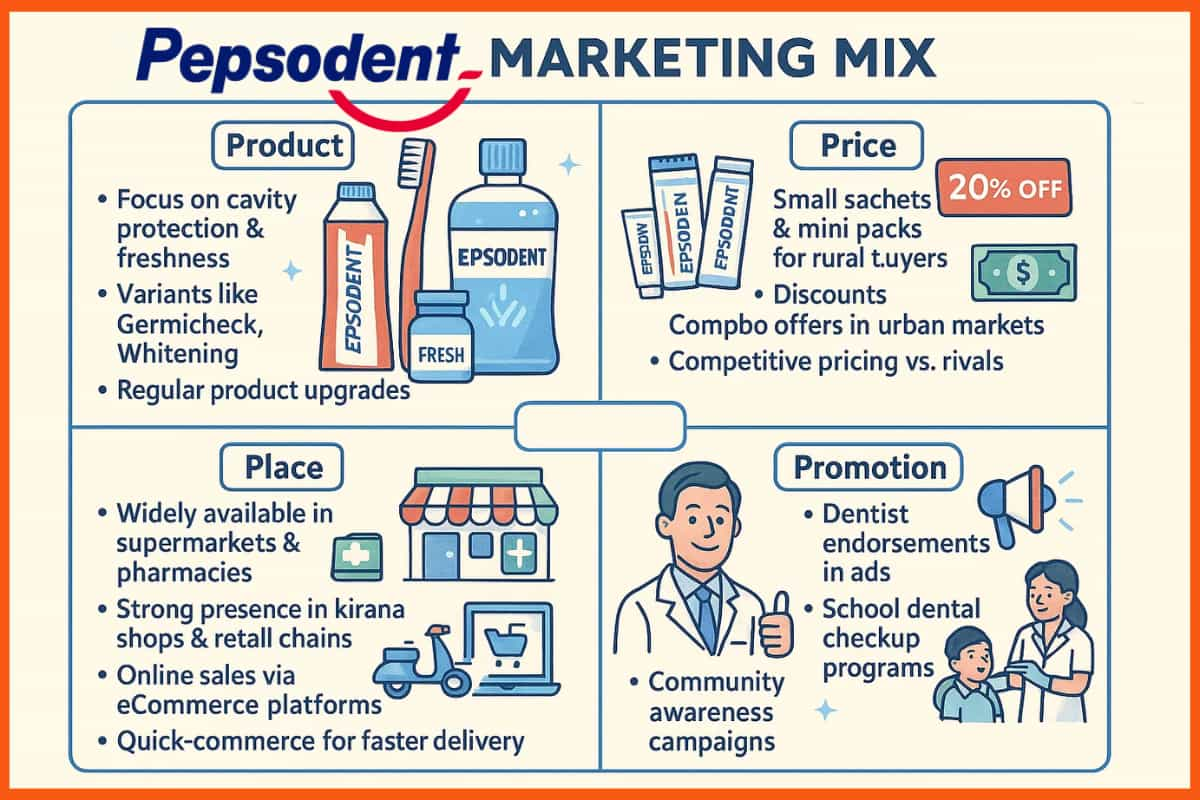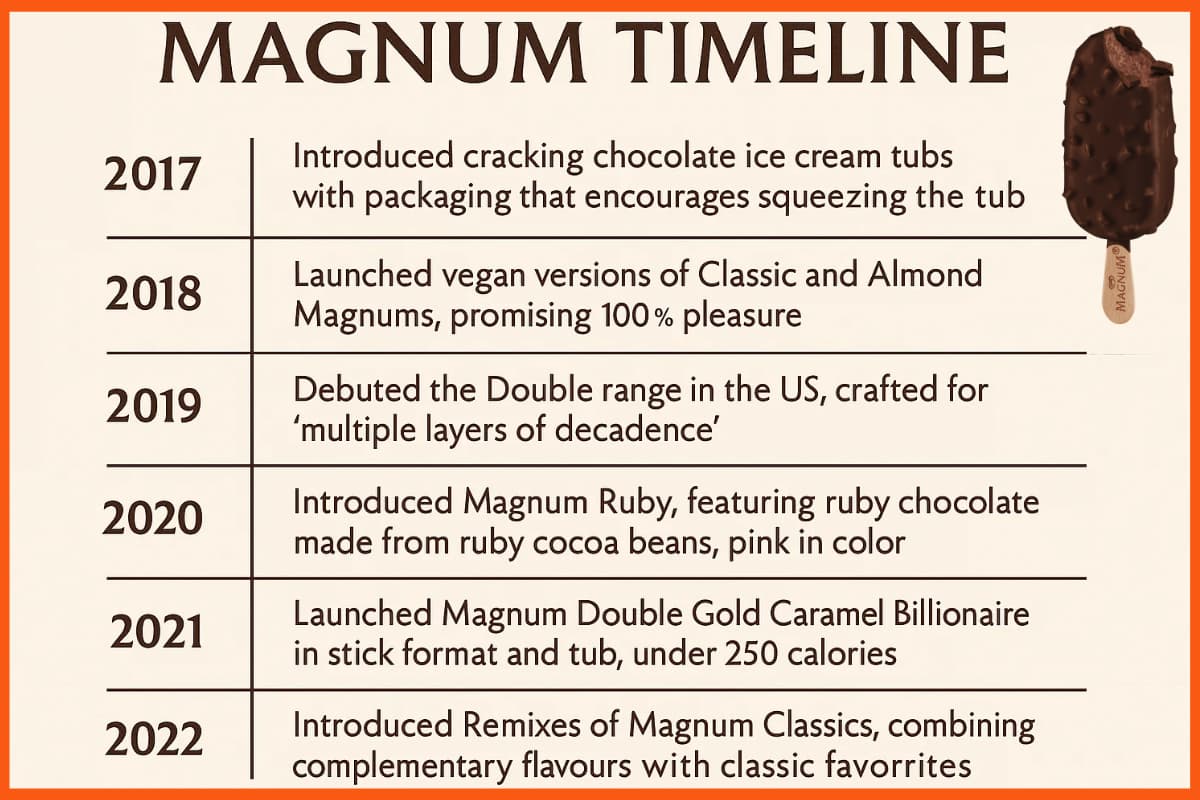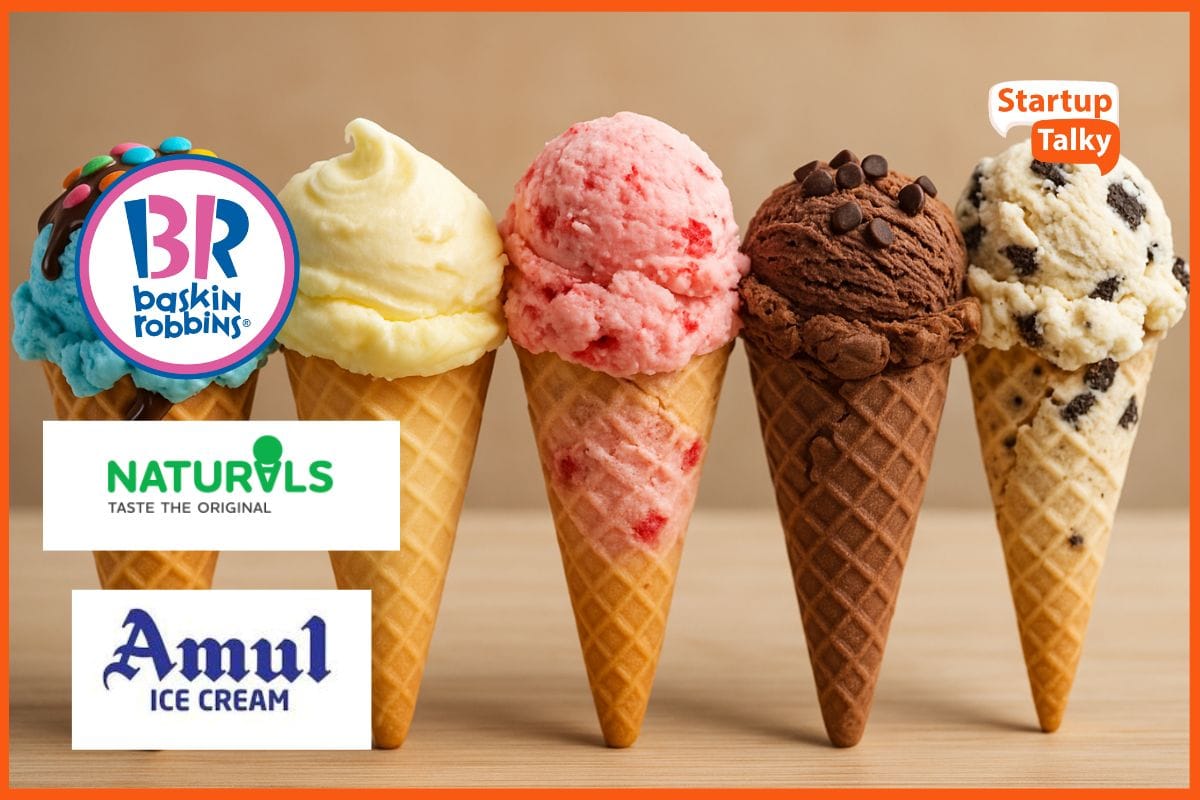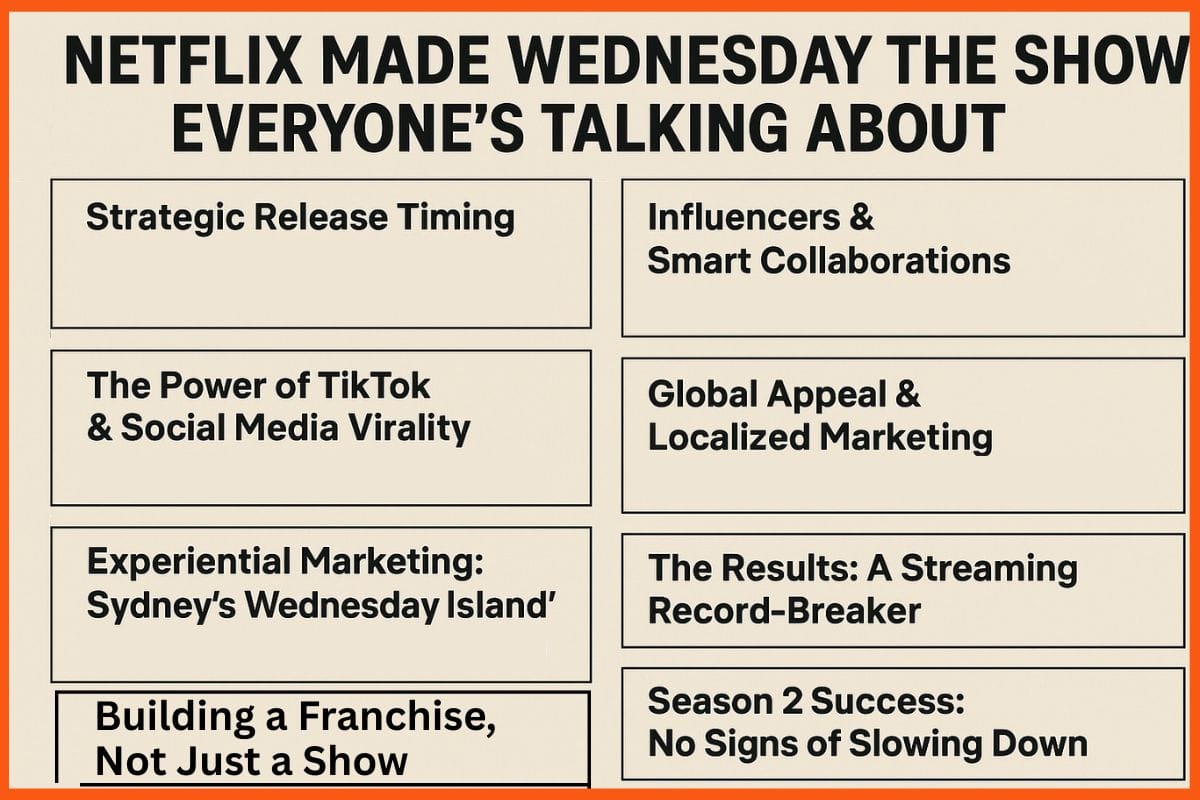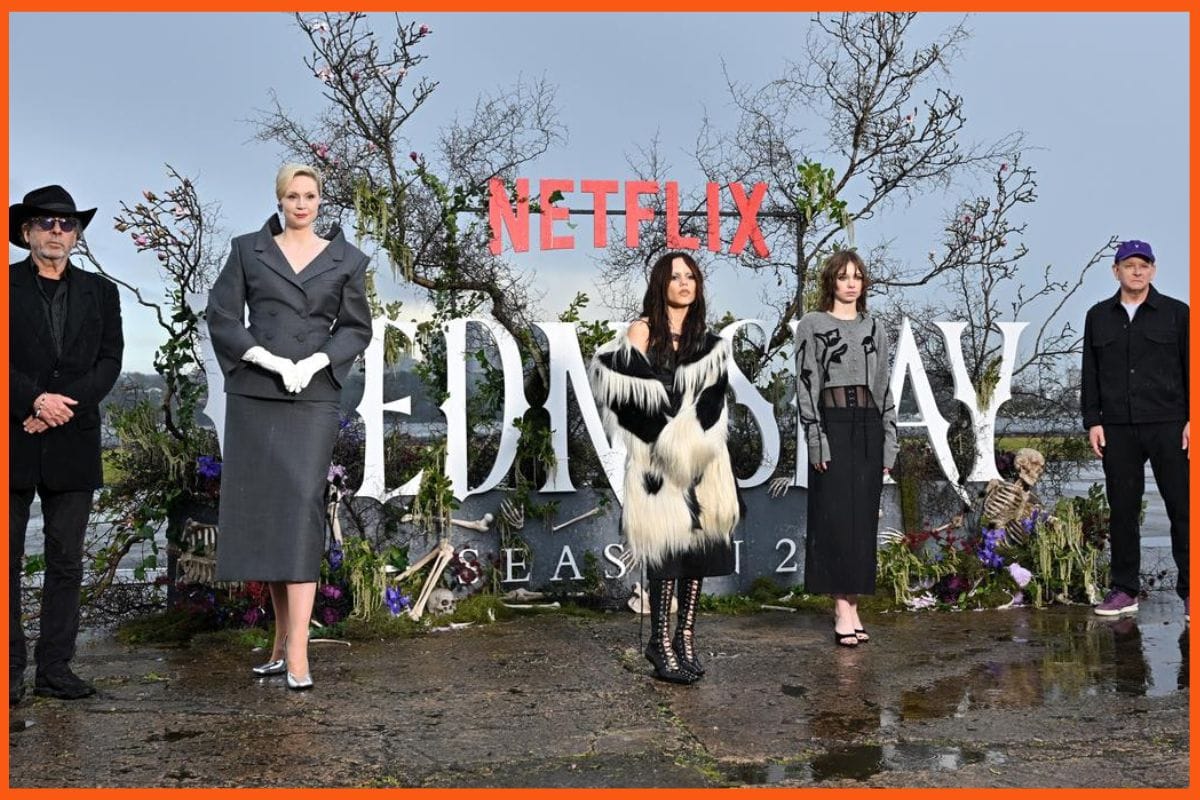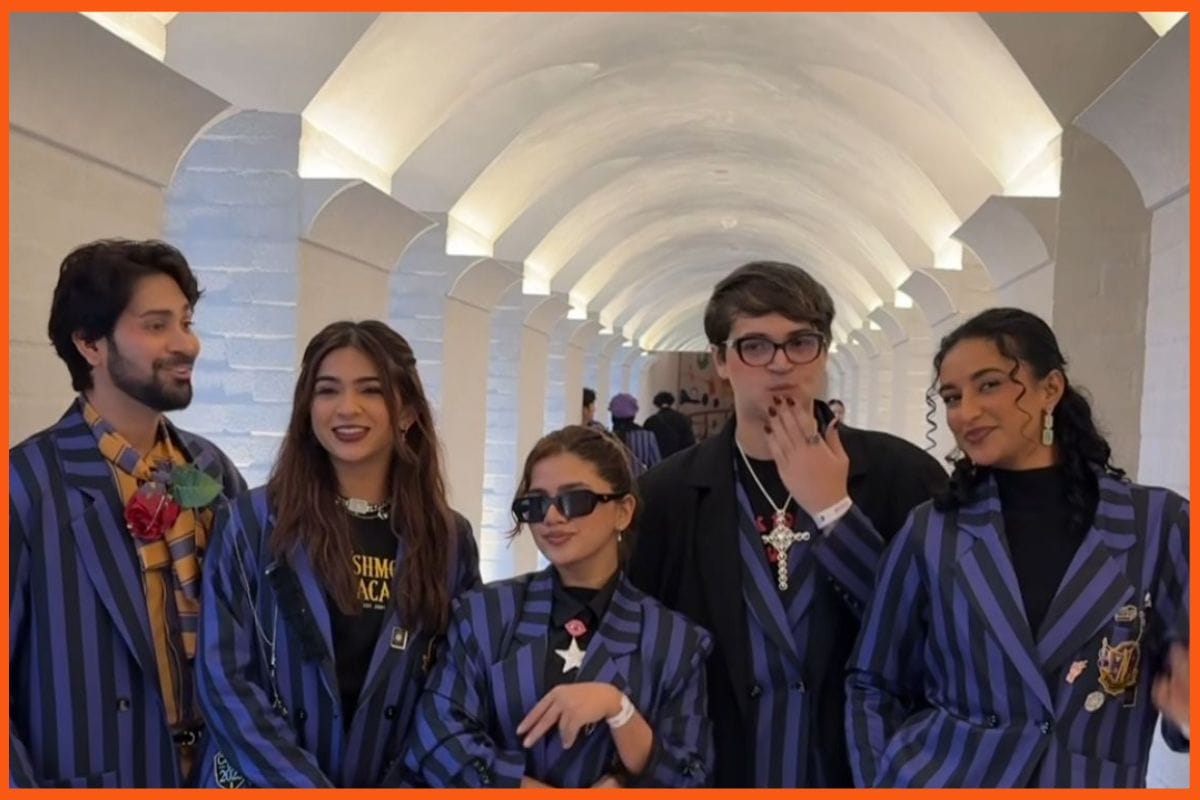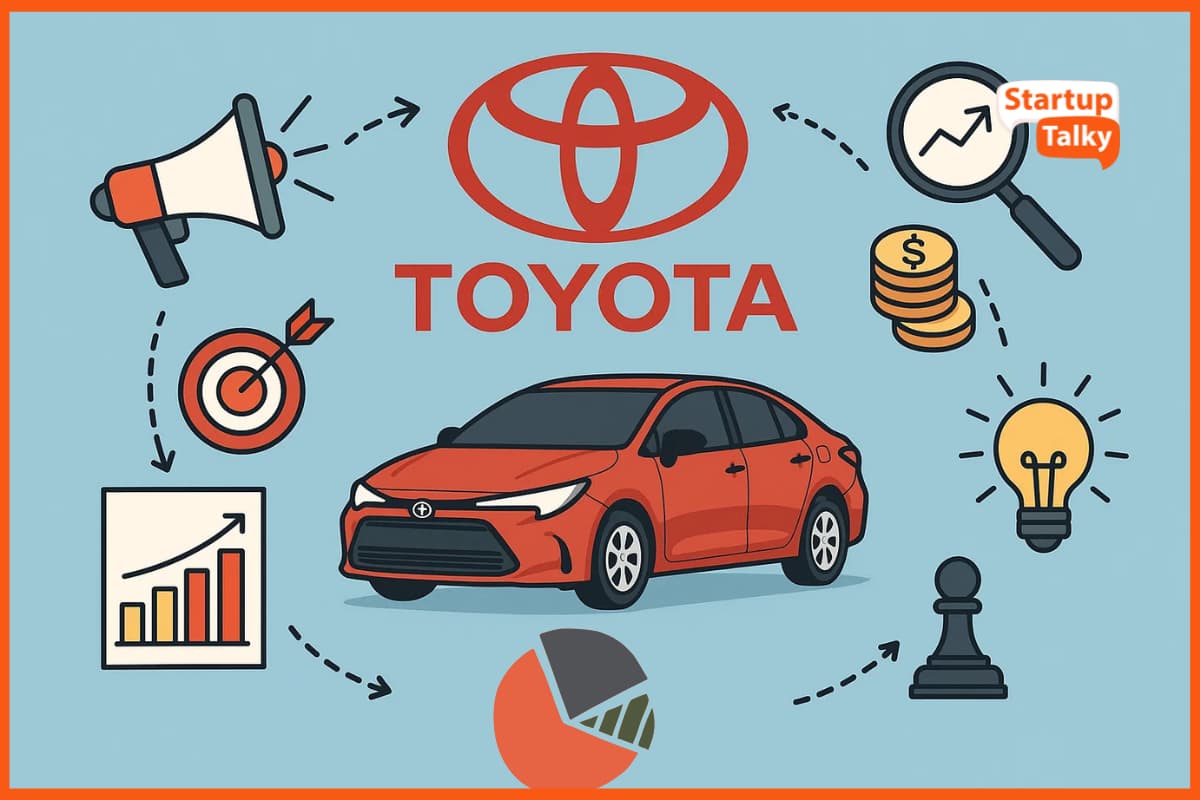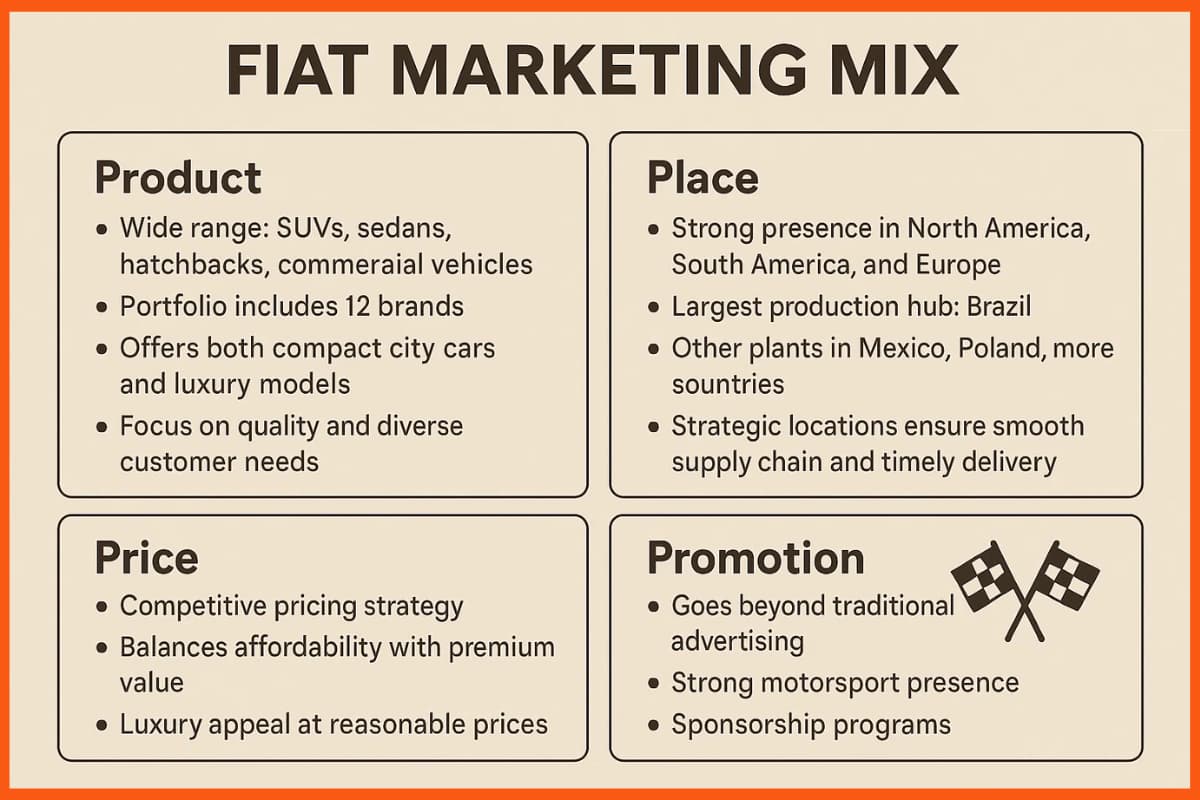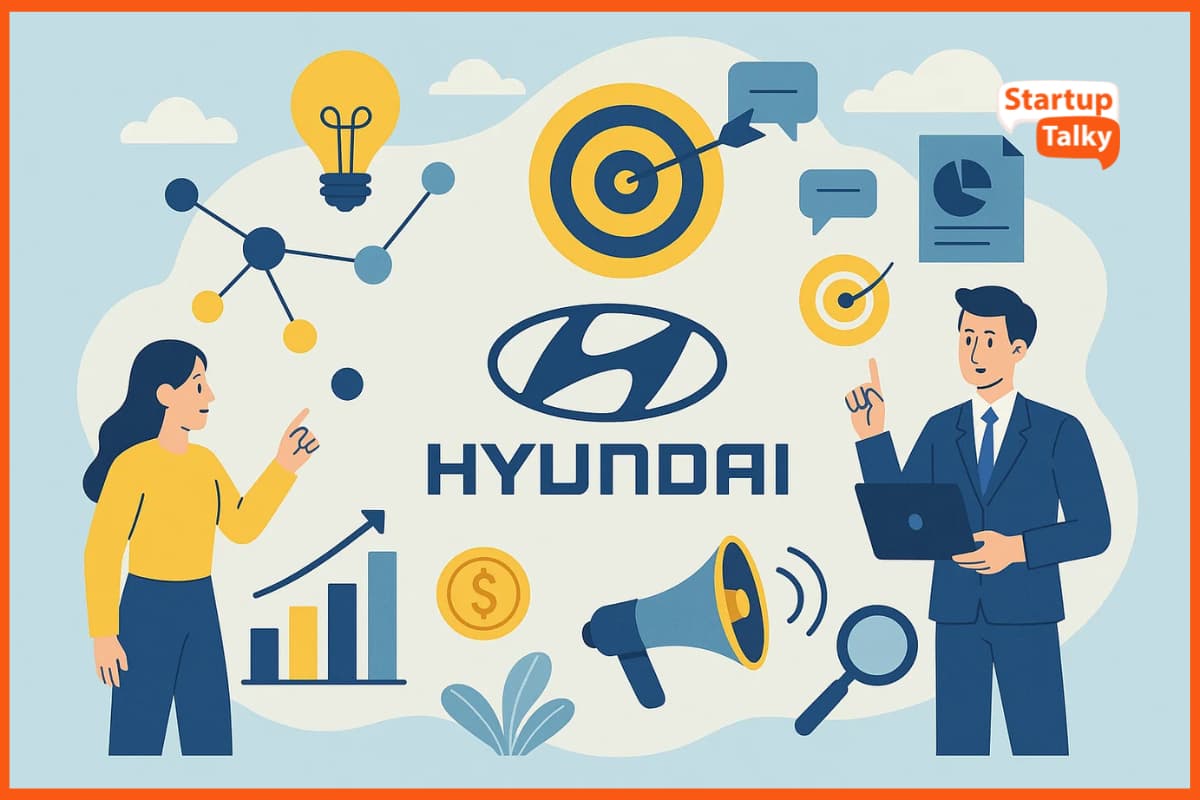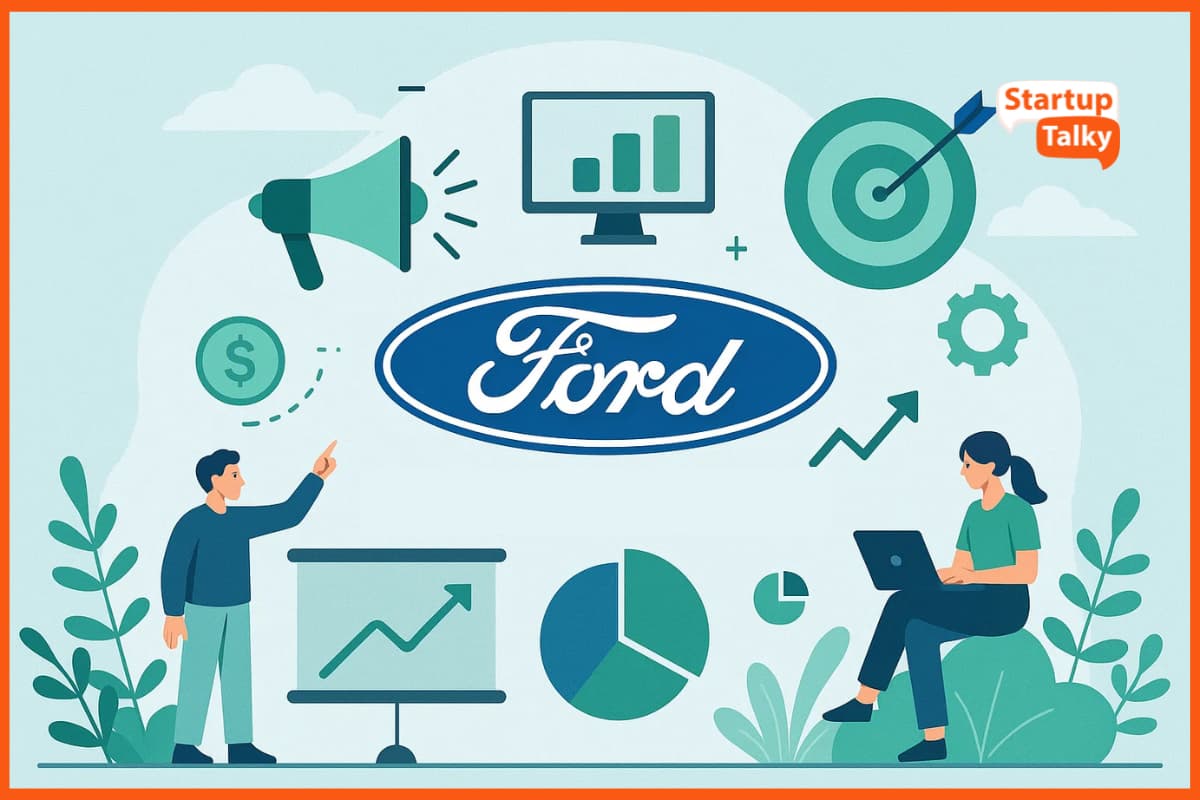Gillette is a household name that has been synonymous with shaving and personal grooming for over a century. Founded in 1901 by King Camp Gillette, the company’s focus has always been on providing men with the best shaving experience possible. From the very beginning, Gillette revolutionized the way men shave with its invention of the disposable razor blade.
Throughout its long and storied history, Gillette has continued to innovate and introduce new products that match the market’s needs. In the 1960s, the company introduced the first stainless steel razor blade, and in the 1980s, it launched the Atra and Sensor razors, which became instant bestsellers. More recently, Gillette has continued to push the envelope with its Fusion and ProGlide razor lines, which feature multiple blades and advanced technologies for a closer, smoother shave.
Gillette’s history is one of innovation, achievement, and evolution. As the company continues to adapt to changing consumer needs and preferences, it remains a leader in the personal grooming industry and a trusted name for men around the world.
Gillette’s marketing strategies have been nothing short of genius, and the brand has held about 70% market share in the razors and blades market at the beginning of the 21st century. This success caught the attention of Procter & Gamble, who acquired Gillette in 2005 for a whopping $57 billion, making it the largest acquisition of any consumer goods brand to date.
Gillette continues to dominate the market, with a presence in over 200 countries around the world. Its razors business offers a high margin of 25-30% to P&G, thanks to the 750 million men who use Gillette blades and razors for shaving. The brand has also won numerous awards for its advertising campaigns, including the iconic “The Best a Man Can Get” slogan.
Gillette Target Audience
Gillette Marketing Mix
Gillette Marketing Campaigns
Gillette Marketing Strategy
Gillette Target Audience
Gillette’s target audience has always been men, with a particular focus on young and middle-aged men who are interested in personal grooming and want the best shaving experience possible.
Gillette has expanded its target audience to include women as well. The brand launched a women’s razor line, Venus, in 2001, which has since become a popular choice among women for hair removal.
Gillette has also launched several campaigns aimed at promoting inclusivity and diversity, showcasing men of different ages, races, and backgrounds.
With the rise of social media and influencer marketing, Gillette has also targeted younger consumers, particularly through collaborations with popular social media personalities and sports stars. The brand’s marketing efforts have been successful in capturing the attention of a broad range of consumers, making it a leading name in the personal grooming industry.

Gillette Marketing Mix
Gillette has been a pioneer in the personal grooming industry, and its success can be attributed to its effective marketing mix. The marketing mix comprises four elements, namely product, price, promotion, and place. Gillette has excelled in all these areas, ensuring that its products are of high quality, priced competitively, promoted effectively, and made available in a range of locations.

- Gillette Product Strategy: The core element of the marketing mix, Gillette has been at the forefront of innovation, introducing new products that cater to the evolving needs of consumers. From the disposable razor blade to the Fusion and ProGlide razor lines, Gillette has consistently introduced new products with advanced features that offer a superior shaving experience.
- Gillette Pricing Strategy: Another crucial element of the marketing mix, Gillette has priced its products competitively, ensuring that they are accessible to a broad range of consumers. Despite the high margin that its razors and blades business offers, Gillette has kept its prices reasonable, ensuring that its products are not just for the elite.
- Gillette Promotion Strategy: Perhaps the most visible aspect of the marketing mix, Gillette has employed a range of advertising and promotional tactics to promote its products. From traditional television and print advertising to digital marketing and influencer collaborations, Gillette’s advertising campaigns have always been engaging and memorable.
- Gillette Place Strategy: The distribution of the product, and Gillette has ensured that its products are available in a range of locations, including supermarkets, drugstores, and online retailers. The brand’s global presence ensures that its products are accessible to consumers worldwide.
Gillette’s success can be attributed to its effective marketing mix. By excelling in all these areas, Gillette has established itself as a leading name in the personal grooming industry.

Gillette Marketing Campaigns
Gillette is a brand that has been known for its innovative and engaging marketing campaigns that have captured the attention of consumers worldwide. Here are the top marketing campaigns that have been successful in promoting Gillette’s products:
The Best a Man Can Get (1989)
This iconic campaign featured the tagline “The Best a Man Can Get” and portrayed Gillette razors as the ultimate symbol of masculinity and strength. The campaign was a huge success, cementing Gillette’s position as the go-to brand for men’s grooming products.
Gillette The best a Man can get … 1989
The Mach3 Challenge (1998)
This campaign challenged consumers to compare the Mach3 razor to their current razor and see the difference for themselves. The campaign was a huge success, with sales of the Mach3 skyrocketing in the months following its launch.
Gillette Marketing Strategy
The Art of Shaving (2006)
This campaign was aimed at promoting the idea that shaving is an art form that requires precision, skill, and the right tools. The campaign featured ads that showcased the unique features of Gillette’s products and encouraged consumers to take pride in their shaving routine.
Fusion ProGlide
This campaign introduced the Fusion ProGlide razor line, which featured advanced features that offered a superior shaving experience. The campaign was accompanied by a massive product launch and extensive advertising efforts, making it one of the most successful product launches in Gillette’s history.
Gillette Fusion ProGlide Flexball Technology Razor For Men | Gillette Marketing Strategy
The Look (2018)
This campaign was aimed at promoting inclusivity and diversity, featuring men of all ages, races, and backgrounds. The campaign challenged traditional notions of masculinity and encouraged men to embrace their unique style and individuality.
These campaigns have been successful in promoting Gillette’s products and establishing the brand’s reputation as a leader in the men’s grooming industry. By showcasing the unique features of its products, promoting the idea of shaving as an art form, and challenging traditional notions of masculinity, Gillette has been able to connect with consumers on a deeper level, building a loyal following of fans around the world.

Gillette Marketing Strategy
Gillette is a brand that has been at the forefront of the men’s grooming industry for over a century, and its success is largely due to its innovative and engaging marketing strategies. Here are the top marketing strategies that have helped Gillette establish its dominance in the market:
Product Innovation
Gillette is known for its commitment to product innovation, constantly updating and improving its razors and blades to offer a superior shaving experience. This has helped the brand stay ahead of the competition and maintain its position as the market leader.
Iconic Advertising Campaigns
Gillette has launched several iconic advertising campaigns over the years, including “The Best a Man Can Get” and “The Look”. These campaigns have helped the brand establish a strong emotional connection with consumers and cement its position as a symbol of masculinity and strength.
Partnerships With Sports Teams And Athletes
Gillette has long been associated with sports, and the brand has formed partnerships with several sports teams and athletes over the years. These partnerships have helped Gillette reach a wider audience and establish itself as a brand for active, athletic men.

Sponsorship Of Major Events
Gillette has sponsored several major events over the years, including the Super Bowl and the Olympics. This has helped the brand reach a global audience and establish its reputation as a leader in the men’s grooming industry.
Gillette Super Bowl Commercial 2022 | Marketing Strategy of Gillette
Social Media Marketing
Gillette has embraced social media as a way to connect with consumers, launching engaging campaigns on platforms like Twitter, Facebook, and Instagram. These campaigns have helped the brand stay relevant and engage with younger consumers.
Influencer Marketing
Gillette has partnered with influencers and celebrities to promote its products, including athletes like Roger Federer and actors like Ryan Reynolds. These partnerships have helped the brand reach new audiences and tap into the power of social media.
Roger Federer – Gillette commercial 2012 | Marketing Strategy of Gillette
Content Marketing
Gillette has launched several successful content marketing campaigns, including a web series called “My City is My Gym” that encourages people to exercise outdoors. These campaigns have helped the brand establish itself as a lifestyle brand that promotes health and wellness.
Commitment to Sustainability
In recent years, Gillette has focused on sustainability to meet consumer expectations. The brand introduced eco-friendly products like the Gillette Planet KIND line, featuring razors made from recycled materials and recyclable packaging. Additionally, campaigns such as Gillette Earth Day encourage recycling of used razors and highlight the brand’s environmental initiatives. These efforts showcase Gillette’s commitment to reducing its environmental impact while connecting with environmentally conscious consumers.
Personalization
Gillette has embraced the trend towards personalized products, offering custom razor handles and blades that can be tailored to the individual needs of each consumer. This has helped the brand stand out in a crowded marketplace and establish a deeper connection with its customers.
These marketing strategies have helped Gillette establish itself as a dominant force in the men’s grooming industry. By embracing innovation, partnering with sports teams and athletes, and leveraging the power of social media and influencer marketing, Gillette has been able to stay ahead of the competition and maintain its position as the market leader.
Gillette’s marketing strategies have played a crucial role in its success as a brand. By constantly innovating its products, creating iconic advertising campaigns, and leveraging partnerships with sports teams and athletes, Gillette has been able to establish a strong emotional connection with consumers and maintain its position as the market leader in the men’s grooming industry.
The brand’s embrace of social media and influencer marketing, as well as its focus on content marketing and personalization, has also helped it stay relevant and engage with younger consumers.
Conclusion
Gillette’s marketing strategies have been instrumental in its success as a brand. As marketers, we can learn from its approach and apply these lessons to our campaigns to achieve similar success. The key takeaway is to focus on the needs and desires of our customers and to constantly innovate and adapt to stay ahead of the competition.
FAQs
What is Gillette target market?
Gillette’s target audience has always been men, with a particular focus on young and middle-aged men who are interested in personal grooming and want the best shaving experience possible. Gillette has expanded its target audience to include women as well.
What are the main marketing strategies of Gillette that made it a market leader?
Here are the main marketing strategies of Gillette-
- Product Innovation
- Iconic Advertising Campaigns
- Partnerships With Sports Teams And Athletes
- Sponsorship Of Major Events
- Social Media Marketing
- Influencer Marketing
- Content Marketing
- Personalization
What strategies does Gillette use to maintain brand loyalty among its customers?
Gillette maintains brand loyalty by offering high-quality, innovative products, running consistent advertising campaigns, promoting eco-friendly initiatives, ensuring wide availability, and aligning its values with those of its consumers.
What are Gillette customer satisfaction strategies?
Gillette enhances customer satisfaction through continuous product innovation, offering advanced razors like Fusion ProGlide and eco-friendly lines. It provides convenient subscription services, engages customers through targeted marketing and loyalty programs, and actively collects feedback to improve products.
What is Gillette men’s razors market position 2025?
In 2024, it held a 14% share of the global shaving market. The overall razor market is projected to grow, with estimates suggesting it could reach $24.8 billion by 2034, expanding at a CAGR of 6.5%.
What is Gillette brand positioning?
Gillette positions itself as a premium men’s grooming brand, focusing on high-quality, innovative razors that deliver a superior shaving experience. Its marketing emphasizes precision, performance, and reliability, appealing to consumers who value advanced technology, comfort, and personal care. The brand also highlights sustainability and social responsibility to connect with modern, conscious consumers.



